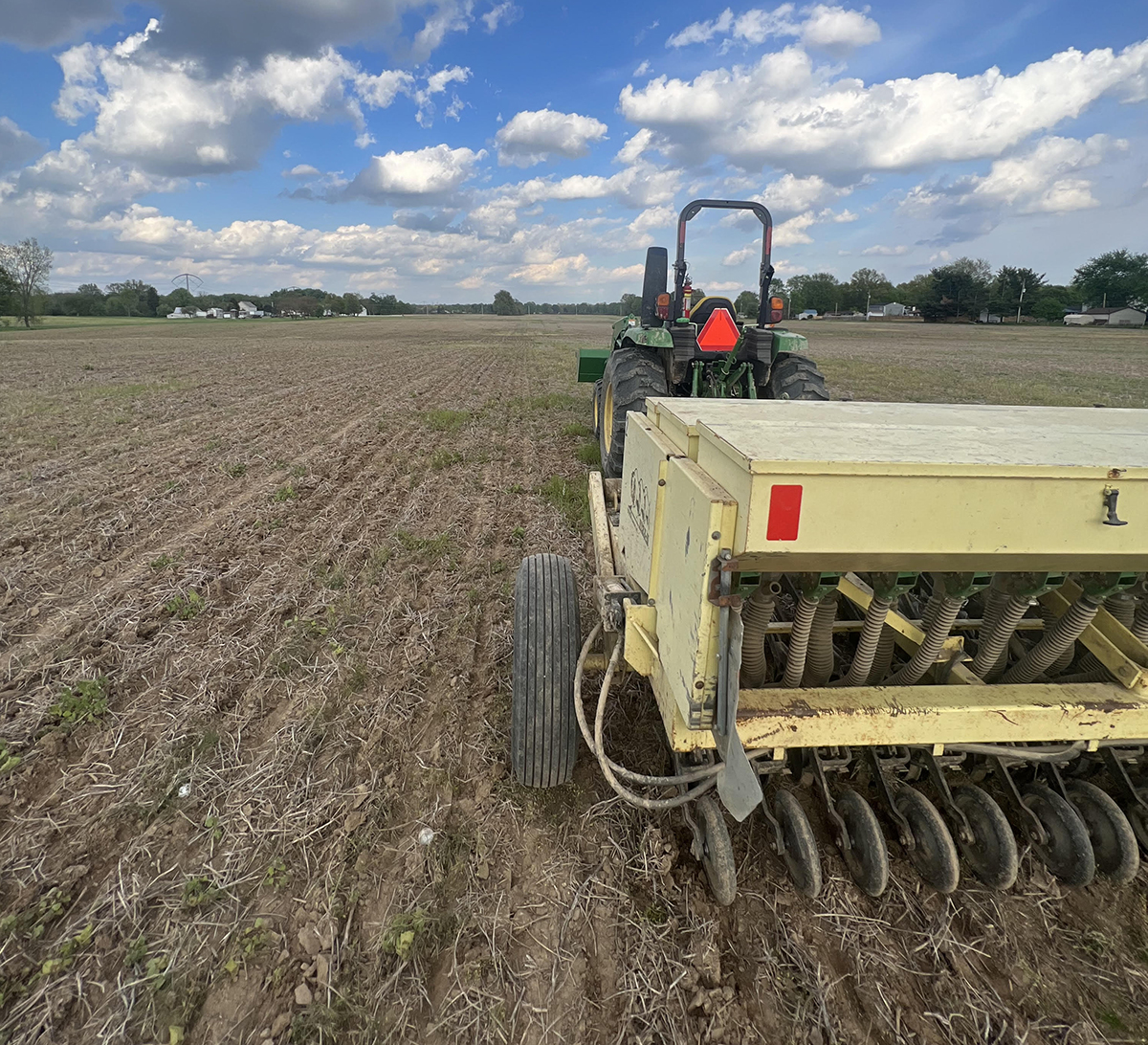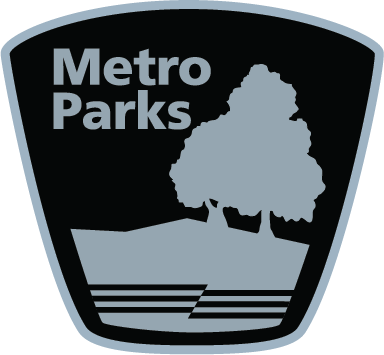LOGAN DUNN
Assistant Resource Manager
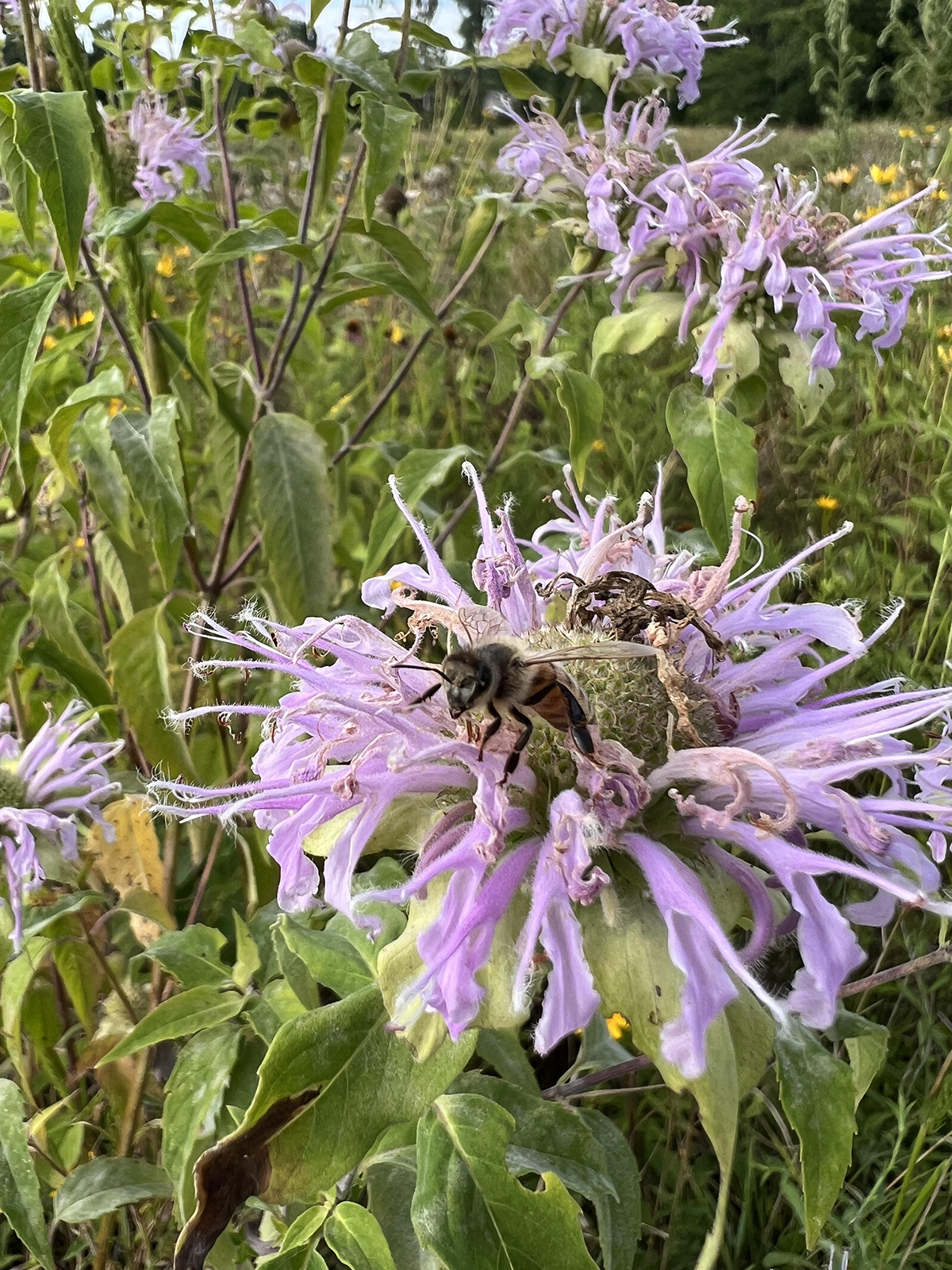
For years, native plant enthusiasts and conservation minded individuals have adored sharing stories and photos of their gardens, prairies, forests and other landscapes. Lush with native plants full of color, structure, pollinators and ecological services, there’s no hiding the excitement from one’s own perspective to these ecological workhorses. Despite the excitement, enthusiasm and passion for native plants, it has been particularly difficult to share seeds with others and to help bolster these native plant populations out in the landscape.
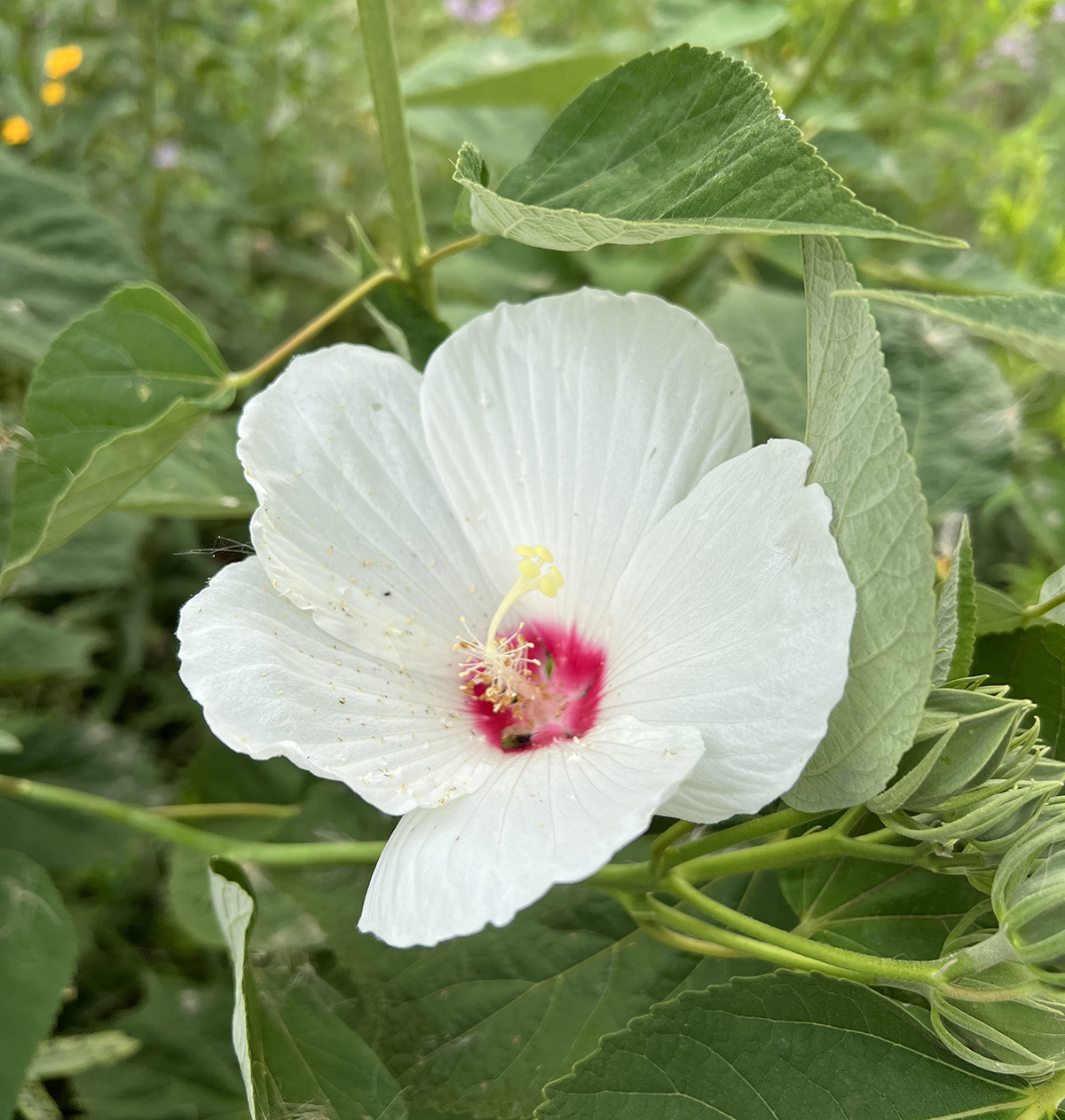
Conservation organizations often collect their own seed for later dispersal or planting within their own conservation sites, whether on public or private land. Sometimes, these native plants can produce a bumper crop of seed during a year where the right weather parameters line up, and produce excess seed. This seed can then be used for distribution to other like-minded organizations, like Ohio Division of Natural Resources or various other park districts that might not have the ability to harvest their own seed.
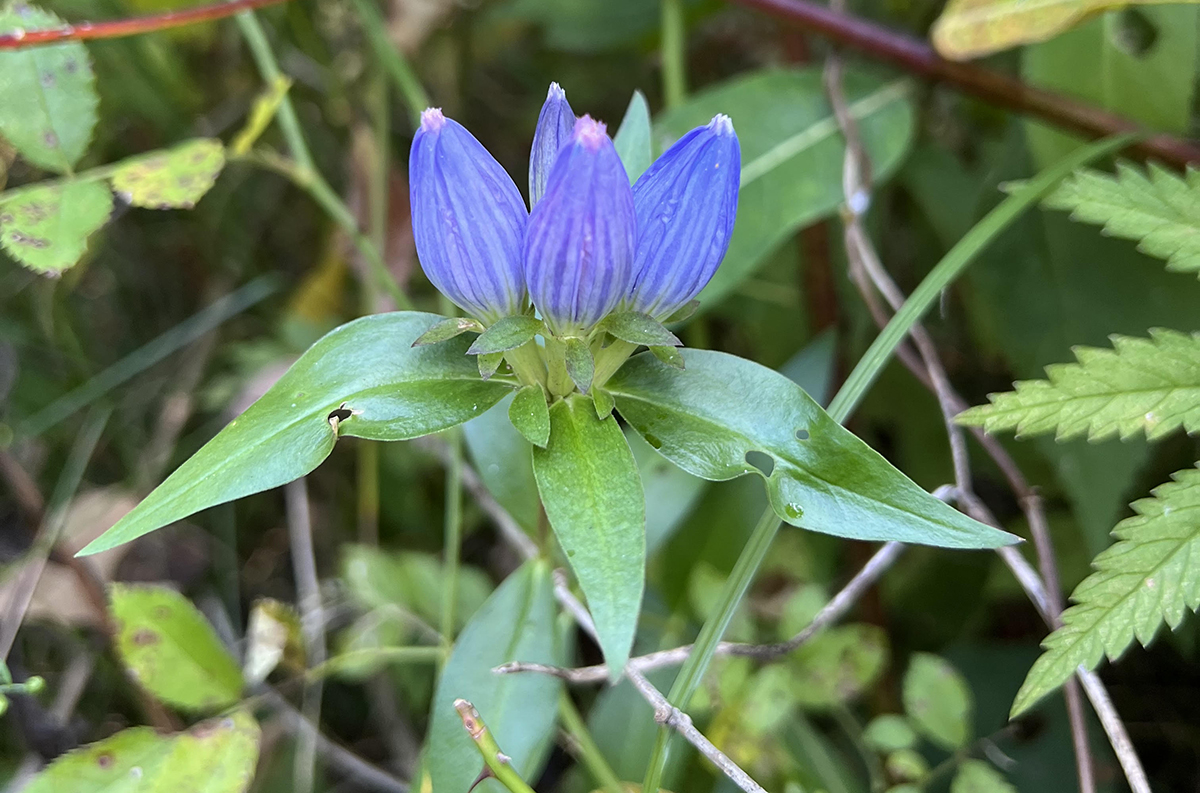
Native plant seed can be rather expensive, costing sometimes in excess of $1,000 per acre. This really hinders our ability to spread native plants across the landscape in a rather expedited process. Passing the House Bill 364, gives the access to native plant seed that we have been waiting for. The Bill allows for the collection of native plant seed on one’s own legal property and to share that seed with other like-minded organizations and individuals alike. It’s truly a huge win for our environment, to bolster these native plant populations that help filter our air, cleanse our water, and support a diverse group of pollinators that are critical to the larger food web. In addition, sharing native plant seed will also assist our Threatened or Endangered species by allowing some nurseries to propagate these seeds and then return the plants back into the landscape alongside current remnant populations. This will help to expand their footprint across the landscape, in hopes of de-listing the species and getting them to the point of self-regulation where applicable.
So, the next time you brush elbows or speak with someone about native plants, embark on your own journey to restoring these beautiful and powerful plants in your own landscape! Don’t have the ability or room to add native plants? Adventure out to one of your local Metro Parks and see for yourself just how exciting and enamoring these native plants can be and you never know what else you might see visiting them!
